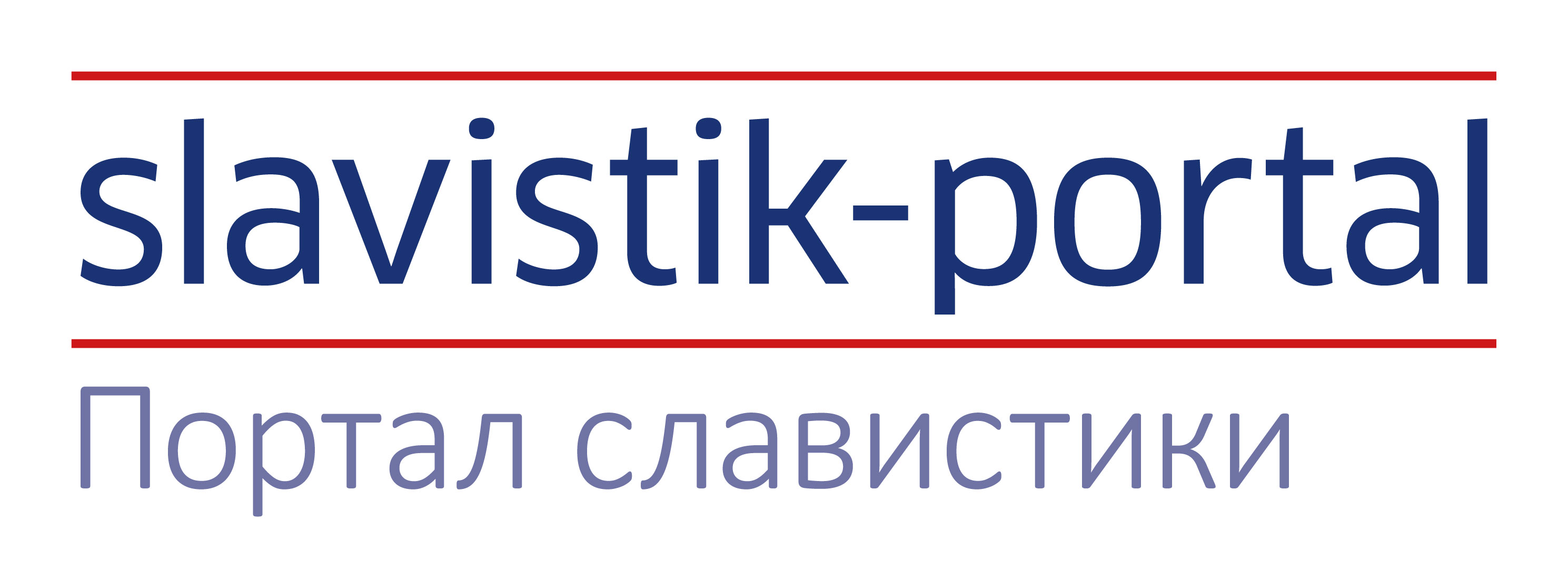SlaVaComp-Metaglossar
Preliminary
This website is a friendly search facility in the data of the SlaVaComp project, which was funded by the BMBF in 2013-2016 and carried out at the University of Freiburg. More information could be found on this page.
Project description
Using the example of Greek Church Slavonic translations and original Church Slavonic texts in Eastern and South-Eastern Europe, diachronic and regional differentiations of the language Church Slavonic, which is often referred to as the "Latin of the East" despite the scientific inappropriateness of this comparison, will be investigated. The aim of the project is to create analytical tools (Church Slavonic tools in TextGrid), an index and a bilingual online dictionary for the study of graphic and lexical variability of Church Slavonic in its temporal and spatial development with the help of the most modern computer technology, some of which has yet to be developed. In the future, this will facilitate the temporal and spatial classification of previously unexplored texts and manuscripts.
The focus is on two parameters: on the one hand, the vocabulary, whose chronological and regional differentiation is recognised in all historically working philologies, and on the other hand, the graphic variability. The latter is a typical feature of medieval texts and is used here for the first time for computer-assisted temporal and spatial classification of the texts and manuscripts concerned. The sources used are mainly already edited, digitally available Greek-Slavic medieval glossaries, as well as monolingual Slavic form indexes and editions of Church Slavonic texts, which are lemmatised accordingly. For the latter, indices are created automatically using appropriate tools (e.g. lemmatisers). The tools developed in this way can in principle be used for all historically working philologies and take into account the high variability of medieval texts.
TextGrid is used as the technical infrastructure, which contains tools that are extremely useful for the methodological realisation. Extensive modules have been developed for the analysis and lemmatisation of German-language texts. Algorithms have to be adapted or exchanged for application to the ancient Greek and Church Slavonic languages. As a result, TextGrid experiences a significant qualitative expansion:
- with regard to the languages studied (so far mainly German and English, now also Greek and Church Slavonic),
- with regard to scripts, i.e. Greek and the Cyrillic script, including historical and local peculiarities and variants,
- with regard to text types (hitherto mostly fiction, now also Bible, Church Fathers and similar texts that have survived in manuscripts),
- in terms of time period (previously mostly 18th-21st c., now 10th-16th c.).
The methods used will also be made openly accessible to non-Slavic humanities scholars, which will contribute to stronger networking, especially between the philologies. In addition, new impulses will be given for closer cooperation between computer scientists and representatives of different philologies, including Slavists.


